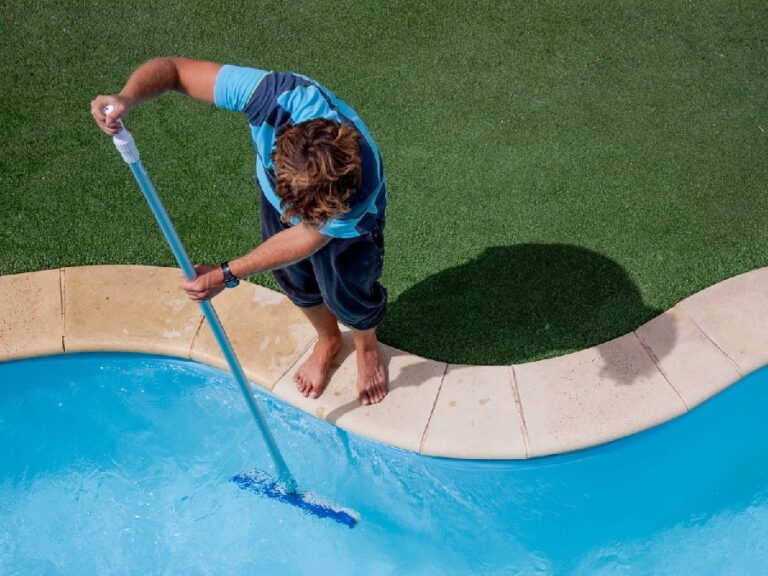Choosing the right combination of modular kitchen and wooden furniture is essential for creating a well-designed home. Modular kitchens are a great way to design and customize your kitchen according to your needs, while wooden furniture adds a touch of elegance to any home.
In this article, we will explore what modular kitchens and wooden furniture are, how they can be combined, and the different types of designs available. We will also discuss some tips on choosing the right combination for your home decor ideas.
Finally, we will look at modern kitchen designs that incorporate modular kitchens and wooden furniture.
Types of modular kitchens & wooden furniture you can choose from
A well-designed modular kitchen and furniture can bring an amazing transformation to your home. You can create a stylish look for your home with the right mix of cabinets, cupboards, wardrobes and other furniture pieces.
Whether you are looking for modern or traditional designs, a wide range of options are available in the market. You can choose from kitchen cabinets in different sizes and materials, wooden cupboards with intricate designs. These wardrobe design ideas will make your bedroom look more elegant and modern wardrobe designs that will give your living room a chic look.
How to maintain your modular kitchen & wooden furniture
Wooden furniture and modular kitchen are great way to add beauty and value to your home. However, keeping them in good condition requires regular maintenance.
Wooden kitchen cabinets in good condition can last for a very long time. However, they do wear down as time passes. Is it time to replace your old wooden cabinets and get new ones? This depends entirely on the condition of your current cabinets.
If the wood is in great shape and you have no issues with them, then there is no need to replace them. However, if your cabinet is stained, damaged by water, or otherwise not in good shape, it may be time for replacements. Replacing your wooden kitchen cabinets may be a good idea if you want to freshen up the look of your kitchen.
The most important thing to remember when cleaning wood furniture and modular kitchen cabinets is to ensure you won’t damage the item in any way. You also need to ensure that water isn’t seeping into the wood because this can cause it to swell or warp. So, before you start cleaning, make sure your surfaces are dry. If there’s still moisture on a surface, give it 15 minutes with a blow dryer or let it air dry completely before beginning.
When using a vacuum cleaner, use a HEPA filter or bag. You should also use an upholstery attachment on your vacuum to remove the dust and debris from the furniture. If you have a standard vacuum cleaner without these features, invest in a better model to easily keep debris from entering your cabinets, carpets, and air.
Wrap up
Investing in quality modular kitchens and wood furniture is a great way to add value to your home. Not only are they aesthetically pleasing, but they also provide a sturdy and durable foundation for all of your kitchen needs. With the right materials and craftsmanship, you can ensure that your modular kitchen or wood furniture will last for years.










